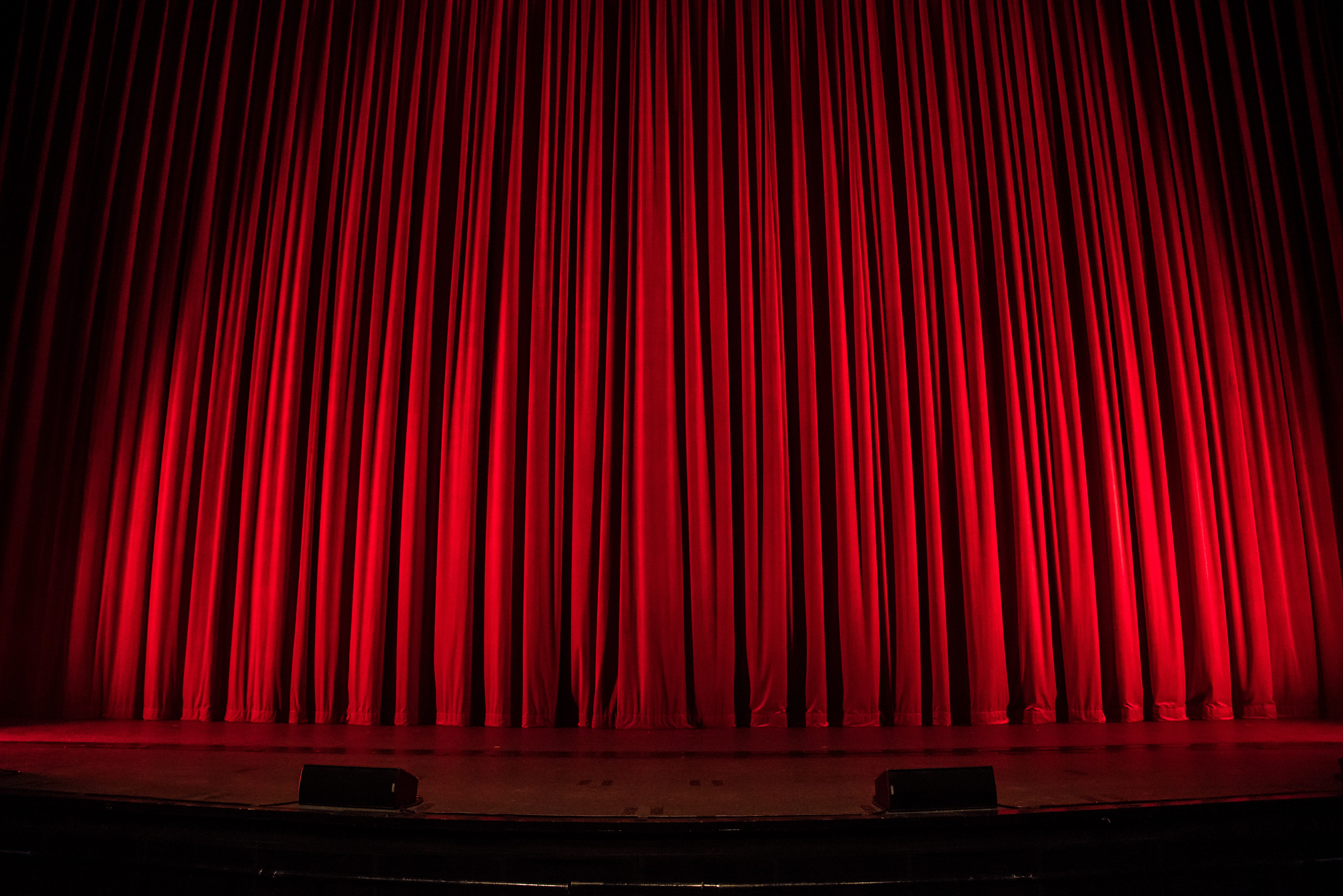Who’s ready for some very relevant talk about stage size? That’s right, on this week’s Whiteboard Wednesday, we’re tackling this exciting, and somewhat complex, topic. So, choosing the stage you want for your event can be dreadful. Should you get a small one even though you have a lot of keynote speakers? Should you make it intimate? Or should you go for something big and spectacular for the sake of showmanship?
Well, that is a lot of questions. But here at Endless Events, we love nothing more than to help you answer them! This is why today we welcome our amazing host Stephanie Jayko, a stage, production, and event manager. Stephanie is here to tell you everything you need to consider upon choosing the stage size of your event. Are you ready? Press play, it’s Whiteboard Wednesday time!
What Stage Size Should I Use For My Event?
Before event planners decide on a particular stage design, they first need to determine what would be the best stage size for their particular event. The venue or the room in which the event takes place highly affects that decision. Therefore, the first thing event planners need to consider is the size of the room:
- how tall are your ceilings?
- how wide is the room?
- what is happening on your stage?
- how much space do you have?
A small stage in a giant room is not a great look, and neither is a big stage in a small room.
Stage Height: Consider More Than Just The Ceiling
However, the ceiling height itself is not enough to determine which stage size you should go with. Many ballrooms, hotels, and corporate meeting spaces have chandeliers hanging from the ceiling. In that case, your clearance height might be lower than the difference between your stage height and your ceiling.
When talking to the representative from the event venue, ask specifically about the clearance to the bottom of any low-hanging light fixtures.
Stage Size & Multilevel Design
It’s not just the total height of the stage that matters when considering your final stage size, but also the levels that lead up to the top. Your highest stage level is the benchmark that should inform how low the other levels can go. Answer the following questions:
- are there stairs that lead up to the stage?
- do you have multiple stages (with multiple levels)?
- will people come on and off stage from the front or from the back?
If your speakers and entertainment are entering the stage from backstage, you can get away with a much taller stage as they have enough time to climb the stairs as they see fit. On the other hand, if they’re walking up the stage as they do at Academy Awards ceremonies, for example, you should make the walk-up as easy as possible.
The Standing/Sitting Dilemma
Stage size can also differ based on whether your audience is standing or sitting down. You want to make sure that your stage height is appropriate for the people that are going to be onstage to be at the correct level for your audience’s eyesight level.
The Seating Layout
If your audience will sit in a long room, you need to have a taller stage so even the back row can see everything. If you’re seating a shorter room, the stage doesn’t have to be quite as high because people don’t have to see over as many people and the distance to the stage is lower. One way to make your general sessions more unique is to imitate stadiums in your seating layout.
If you anticipate that it will be hard for the entire audience to see the stage, you can use repeater screens: IMAG screens that are hanging at several different lengths back within your room. The screens do not necessarily need to be above their heads, but they do need to be positioned according to your stage size.
The Set Influences Stage Size
Next up, event planners need to ask themselves how much furniture or set pieces will be coming on and off their stage. The taller the stage, the harder and more time-consuming it will be for stagehands to move and lift.
Rigging & Lighting
If you’re considering event rigging, you first need to know whether your room is big enough to allow it. Just as with chandeliers, you need to make sure that projectors and other equipment are not disrupting the sight of your cameras and your attendees.
You want to make sure that you’re not blinding the attendees. You want to make sure there’s some space between the height of light on a ground-supported truss and your speaker’s eyes.
Let’s Talk Height Numbers In Stage Size
Finally, here are the common heights for staging:
- six to eight inches: a small platform on the ground for smaller groups, for more intimate-feeling stages,
- stages sizes can otherwise go from 16 up to 48: you can talk to your staging company about what different heights of risers and decking they have to create different heights in your stage and how big that looks.
Stage Size: Conclusions
There are many different factors event planners need to consider when thinking about the size of the stage at the event. Here are the key takeaways:
- compare the stage size to the size of the room,
- compare how tall the stage is for your set vs. your audience,
- the height of your stage should be friendly to speakers and the audience,
- decide whether the speakers will access the stage in front of the audience,
- a sitting audience will experience the stage differently than a standing audience,
- be mindful of rigging and any hanging equipment that your camera might capture.
Stages come in all shapes and sizes, which means it’s hard to generalize, but hopefully, you’ve found this advice on stage size useful. And remember: you don’t need to be alone in the event planning process. Lean on your trusted partners to help you make decisions about event production, technology, strategy, and more. If you have any questions, reach out to Endless Events. As an event management company, we’ve mastered the art of setting up the perfect stage for any event!











